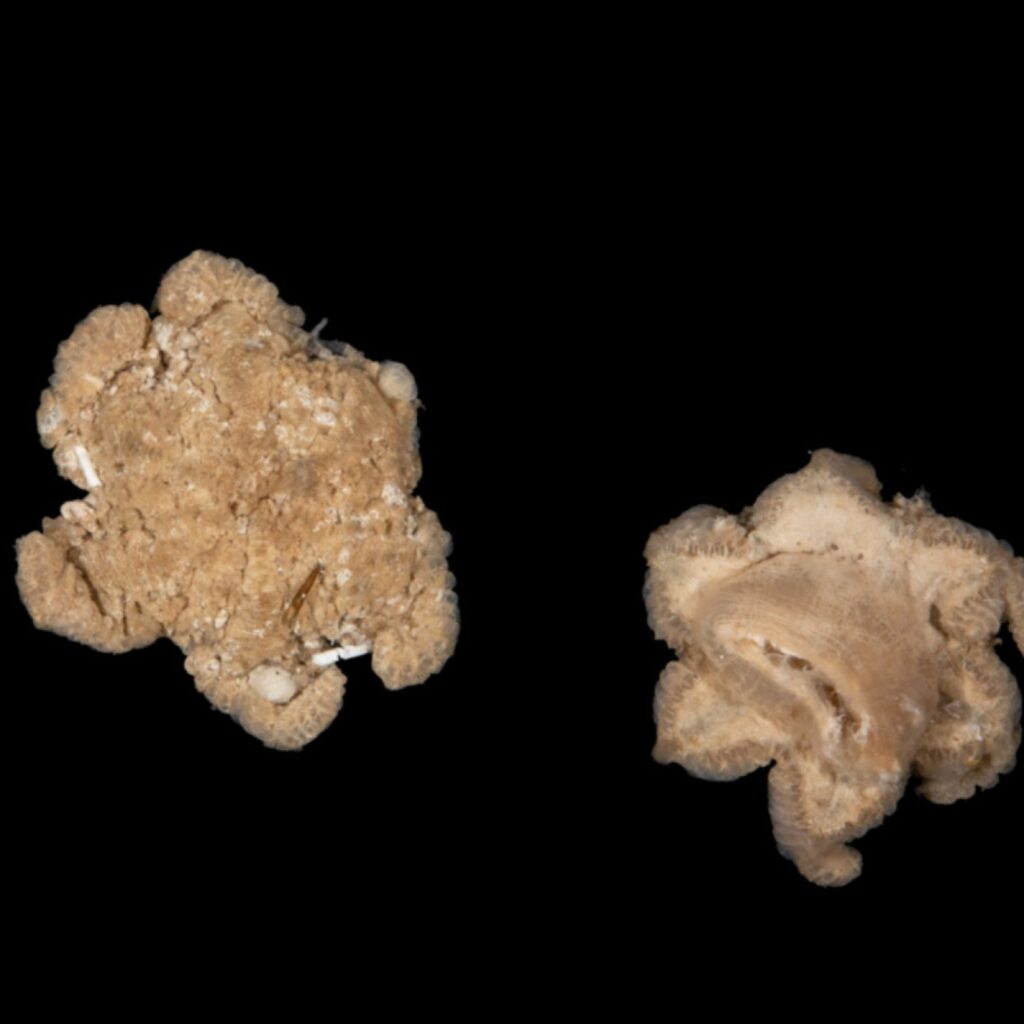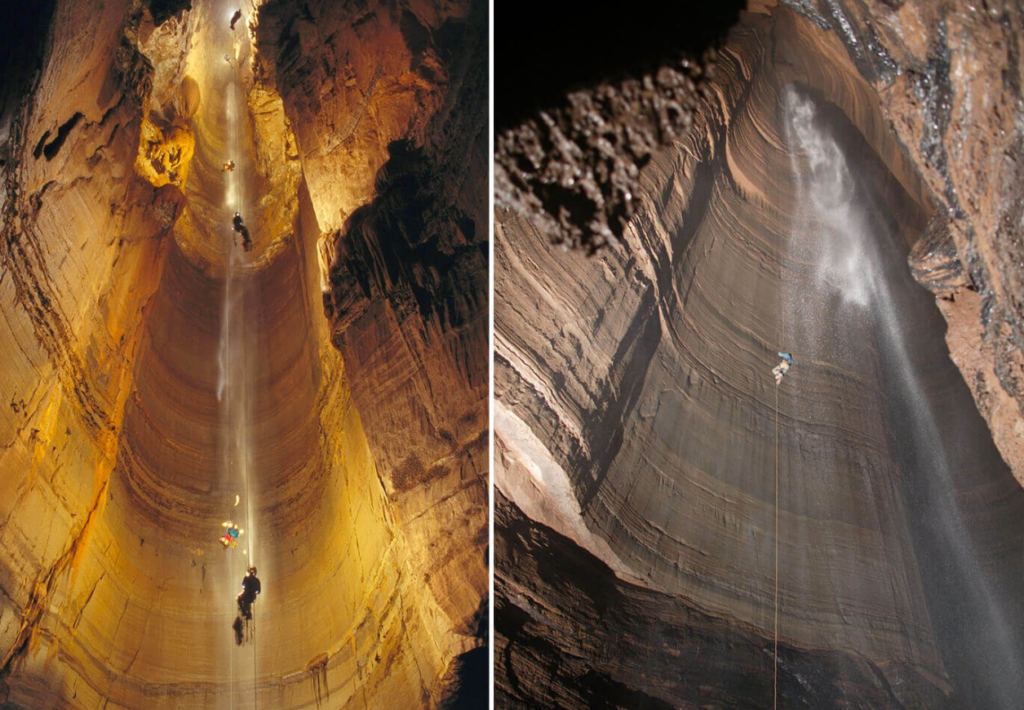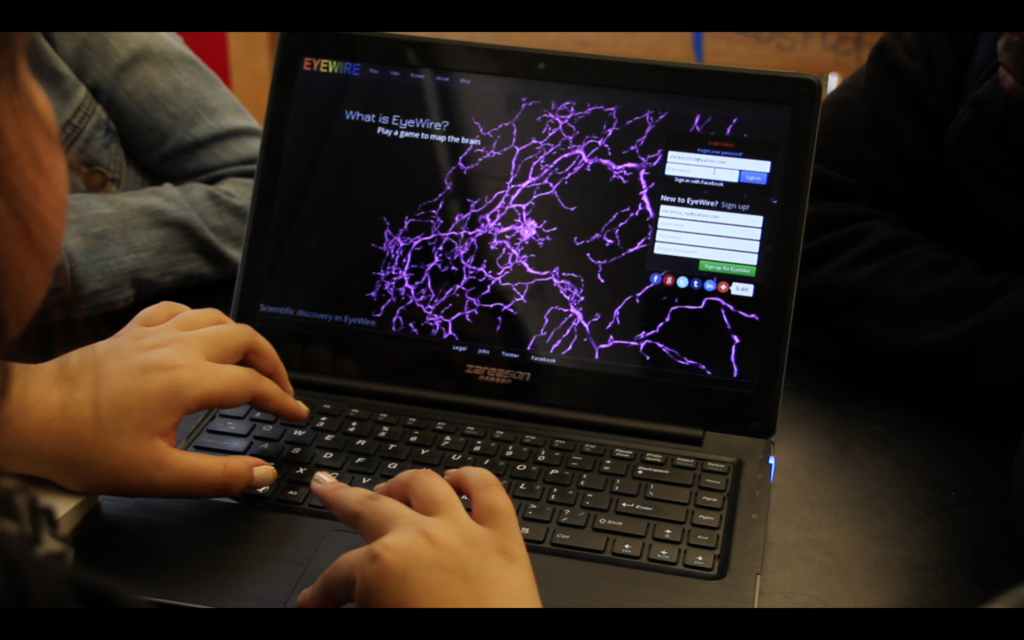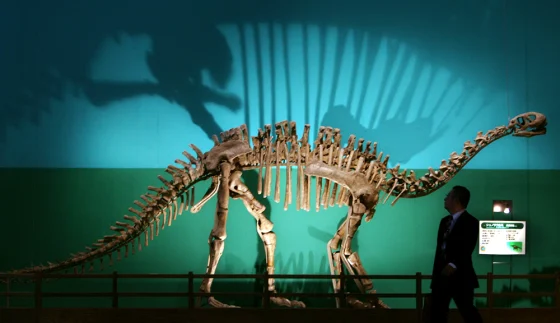Despite the wealth of fossils unearthed over the past centuries, there is a strong likelihood that many dinosaur species remain hidden beneath the earth’s surface, waiting to be discovered. The fossil record, as extensive as it may seem, represents only a fraction of the dinosaurs that once roamed the Earth. This article explores the factors that suggest there are still undiscovered dinosaur fossils and what these potential finds could reveal about the prehistoric world.
The Incomplete Fossil Record
The fossil record, while invaluable, is far from complete. Paleontologists estimate that they have only discovered and named a small percentage of all the dinosaur species that ever existed. Dinosaurs lived on Earth for approximately 165 million years, during which countless species evolved, thrived, and became extinct. However, the process of fossilization is rare and requires very specific conditions. Only a small number of organisms are fossilized, and even fewer are preserved well enough to be found millions of years later.

Fossils are typically formed when an organism is buried quickly after death, usually in environments like river deltas, lakes, or swamps where sediments can accumulate rapidly. However, many dinosaurs lived in environments where fossilization was less likely, such as dry deserts or dense forests. As a result, the fossil record is biased toward certain types of habitats and organisms, leaving significant gaps in our understanding of dinosaur diversity.
New Discoveries and Unknown Species
In recent decades, there has been a surge in the discovery of new dinosaur species, many of which are significantly different from those previously known. This wave of discoveries has been driven by several factors, including advances in technology, more extensive global exploration, and an increasing number of paleontologists dedicated to the field. For instance, new techniques like CT scanning allow scientists to examine fossils in greater detail without damaging them, revealing previously hidden features and even new species.

Regions that were once inaccessible due to political or geographical barriers are now being explored, leading to the discovery of fossils in places like China, Argentina, and Mongolia. These discoveries have dramatically expanded our understanding of dinosaur diversity and evolution. In fact, some paleontologists believe that there are still hundreds, if not thousands, of unknown dinosaur species yet to be discovered, particularly in underexplored regions.
The Importance of Remote and Unexplored Regions
Some of the most significant recent discoveries have come from remote and previously unexplored areas. For example, the Gobi Desert in Mongolia and the Patagonia region in Argentina have yielded numerous new species, including some of the largest dinosaurs ever discovered. These remote areas, often characterized by harsh climates and challenging terrain, were not extensively explored until relatively recently. As exploration continues, it is likely that more unknown species will be uncovered.

Additionally, many fossils may still be hidden in well-explored regions. Shifts in the earth, erosion, and other natural processes can expose new fossil beds in areas that have already been studied. For instance, new fossils continue to be discovered in the well-trodden Badlands of North America, where some of the first dinosaur bones were found in the 19th century.
The Role of Citizen Science and Local Discoveries
In recent years, the role of citizen scientists—enthusiastic amateurs who make significant contributions to scientific research—has become increasingly important in paleontology. Many fossil discoveries have been made by locals or hobbyists who stumble upon fossils while exploring remote areas. These finds often lead to the discovery of new species or the recovery of more complete specimens of known species.

For example, in 2000, a fossilized dinosaur skeleton was discovered by a group of hikers in Patagonia, leading to the identification of a new species of theropod dinosaur, Eoraptor. Such discoveries highlight the importance of involving the public in paleontological research and underscore the potential for new finds in unexpected places.
What Could Still Be Out There?

The question of what undiscovered dinosaur fossils might reveal is tantalizing. Each new discovery has the potential to rewrite parts of our understanding of dinosaur evolution, behavior, and ecology. For example, the discovery of feathered dinosaurs in China in the 1990s revolutionized our understanding of the link between dinosaurs and birds, showing that feathers were far more widespread among dinosaurs than previously thought.
Similarly, the discovery of large, herbivorous dinosaurs with unexpected features—such as the sail-backed Spinosaurus—has challenged existing theories about dinosaur physiology and behavior. The continued discovery of new species could reveal previously unknown evolutionary adaptations, behaviors, and ecological interactions, offering a more complete picture of life during the Mesozoic era.
The Future of Dinosaur Discovery
Looking ahead, the future of dinosaur discovery is promising. Advances in technology, such as ground-penetrating radar and drones, are making it easier to locate and excavate fossils in remote areas. These technologies, combined with traditional fieldwork, are likely to lead to the discovery of new species in the coming years.

Furthermore, as global interest in paleontology grows, more resources are being devoted to exploring under-explored regions, particularly in parts of Africa, Asia, and South America. These areas, with their diverse and ancient geological formations, are likely to yield significant new finds.
In conclusion, while paleontologists have uncovered a remarkable array of dinosaur fossils, it is almost certain that many more species remain hidden, waiting to be discovered. These future finds will not only add to our understanding of the dinosaurs themselves but also provide new insights into the ancient environments they inhabited and the evolutionary processes that shaped them. The hunt for undiscovered dinosaurs continues, and with each new fossil, our picture of the prehistoric world becomes a little more complete.



